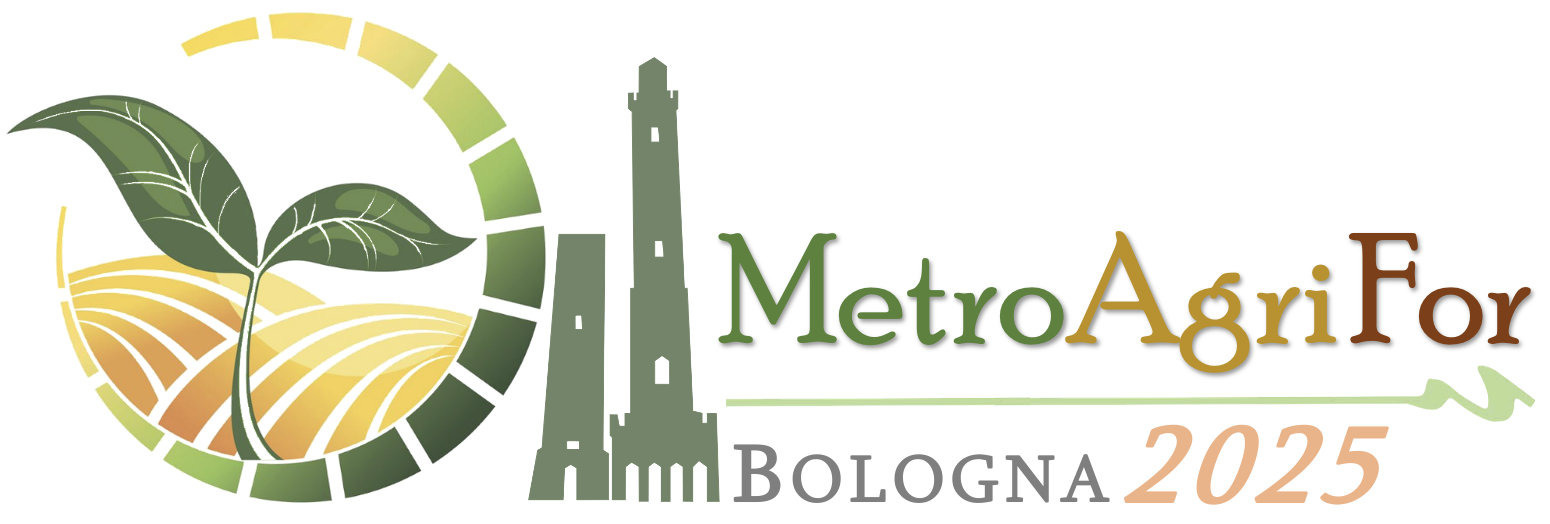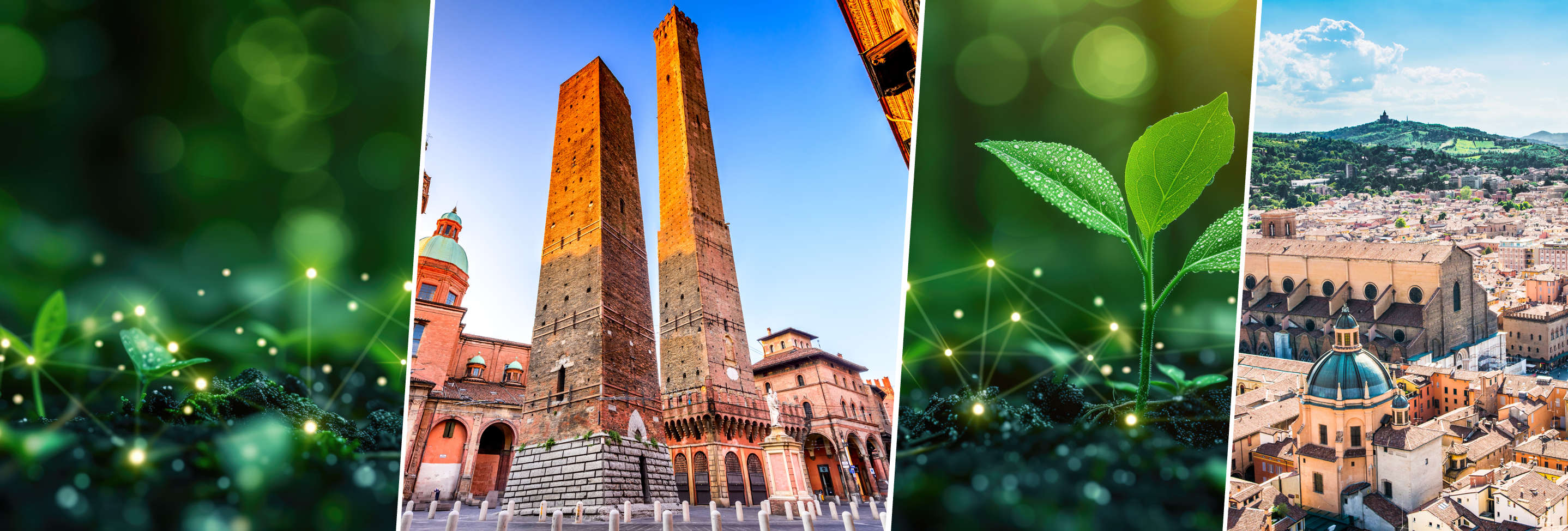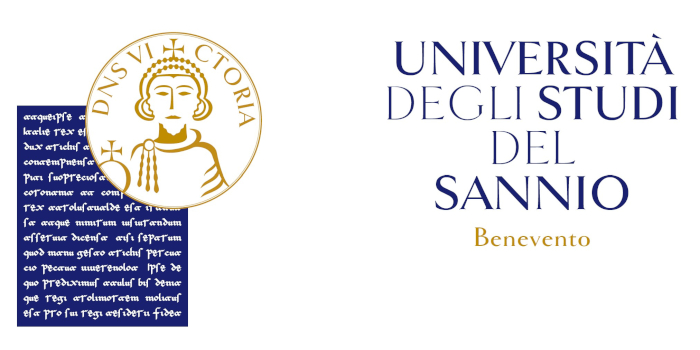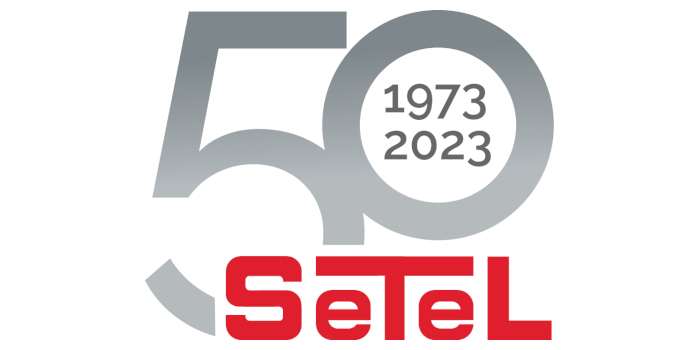SPECIAL SESSION #2
Innovative Monitoring, Control and Sensing Solutions for Biosystems Facilities
ORGANIZED BY
Andrea Pezzuolo
University of Padova, Italy - Department of Land, Environment, Agriculture, and Forestry
Alberto Barbaresi
Alma Mater Studiorum University of Bologna, Italy
Marco Bovo
Alma Mater Studiorum University of Bologna, Italy
Carlo Bibbiani
Department of Veterinary Sciences University of Pisa, Italy
Hao Guo
College of Land Science and Technology - China Agricultural University, China
Alexey Ruchay
Chelyabinsk State University, Russia
ABSTRACT
In recent years, innovative sensors, software, monitoring and control systems have been developed and optimised in the biosystems sector, allowing the farms to take advantage of more and more precise knowledge of the metrics involved in cultivation, production and processing. IoT-enabled sensor networks and cloud computing help in the transmission of data in real time among different destinations. It performs monitoring, prediction, decision planning, and decision-making.
The present special session aims to provide a forum for focused discussions on the benefits and potentialities of digital monitoring and control systems specifically designed or adapted for biosystems facilities (e.g., agricultural, livestock, aquaculture, and bioenergy) and related applications.
TOPICS
Contributions are expected to deal with, but are not limited to, the following topics:
- Innovative Systems and Methods for Monitoring Agricultural, Livestock, Aquaculture and Bioenergy facilities and related applications;
- Smart Sensing Technology for Environmental Monitoring (indoor/outdoor);
- Feasibility and Application of Precision Livestock Farming technologies;
- New technological approaches for Agro-food Safety Quality;
- Artificial Intelligence in Biosystems Sector;
- Gaseous emissions in the Biosystems Sector;
- Digital technologies for sustainability purposes;
- Data Analysis and Modeling;
- Validation and calibration procedures;
- Advanced Technologies for agro-livestock wastes and by-products valorization.
ABOUT THE ORGANIZERS
Andrea Pezzuolo, is a researcher at the Department of Land, Environment, Agriculture, and Forestry of the University of Padova in the Agricultural and Biosystems Engineering field – Rural Buildings and Agro-forestry Land Planning. His main research activities deal with: Precision Livestock Farming, Automation and Sensor Technology; Bioenergy from Biomass, By-products and Biowaste; Rural and Livestock Buildings.
He authored several publications on national/international journals and conferences proceedings and published various papers on ISI WoS and Scopus Journals. He is referee for various international scientific journals. Andrea Pezzuolo is member of: Italian Association of Agricultural Engineering/Associazione Italiana di Ingegneria Agraria (AIIA); Interdepartmental Centre “Giorgio Levi Cases” for Energy Economics and Technology of University of Padova; Editorial board of Computer and Electronics in Agriculture (Associate Editor) Sustainability, Animals – “System and Management Section” (Associate Editor), Agri-Engineering, Biofuels Bioproducts and Biorefining and Research of Agricultural Engineering.
Alberto Barbaresi, is a Civil Engineer and Architect, Ph.D. in Agricultural Engineering, is an assistant professor at the Department of Agricultural and Food Sciences of the University of Bologna in the Agricultural and biosystems Engineering field - Rural Buildings and Agro-forest Land Planning.
His main research activities deal with: energy efficiency in food processing buildings, renewable energy source in the agricultural sector, analysis and design of agricultural and agro-industrial buildings for process optimization and minimization of environmental and landscape impact; smart farming and precision livestock farming systems; innovative LED lighting systems in protected crops; traditional rural building and landscape integration of the rural built system and infrastructure in rural areas; monitoring systems for environmental, production energy measurements. He is member of the research team of the University of Bologna in several National and European projects. He presented articles and has been invited speaker and chairman in national and international conferences. He authored several publications on national and international journals and conferences proceedings and published various papers on ISI WoS and Scopus Journals. He is referee for various international scientific journals. He is member of the Italian Association of Agricultural Engineering/Associazione Italiana di Ingegneria Agraria (AIIA), EurAgEng, and CIGR.
Marco Bovo, is Researcher of Rural Buildings and Agro-forest Land Planning at the Department of Agricultural and Food Sciences of the Alma Mater Studiorum University of Bologna. He has graduated with honours in Civil Engineering and he holds a PhD in Structural Engineering and Hydraulics. His main research activities deal with: design and calibration of environmental monitoring systems for greenhouse gas emission measurement, modelling and analysis of environmental parameters in agricultural, livestock and agro-industrial buildings, thermo-acoustic optimization of building envelopes, LCA and CFD simulations, structural design of civil and rural buildings, PLF systems, energy production by renewable sources. He is coordinator of the PRIN 2022 research project “One Sustainability vision in Dairy farms: a big Data approach for a perspective Decision-making (SUS3D)”. He is member of the Italian Association of Agricultural Engineering (AIIA), European Society of Agricultural Engineers (EurAgEng), and International Commission of Agricultural Engineering (CIGR).
Carlo Bibbiani, Civil Engineer, Ph. D. in “Rural Engineering”. Associate Professor in Agricultural, Forestry and Biosystem Engineering (AGR/10 - Rural buildings and Agro-Forestry) at University of Pisa. His main research activities are: Applications of renewable energy to Greenhouses; Green roofs and green walls for energy saving of buildings and their LCA; measurement methodologies of physical and hydraulic properties of growing media; Greenhouse Environment Simulation; Aquaculture and research activities on fish farming facilities; Aquaponics and Integrated multi-trophyc aquaculture.
Hao Guo, Ph.D. in Agricultural Engineering. Associate Professor in College of Land Science and Technology and College of Information and Electrical Engineering, China Agricultural University. His main research activities are: 3d point cloud processing and it application in agricultural field, Precision Livestock Farming, livestock status monitoring and body measurement.
He participates as member of the China Agricultural University in several projects from National Natural Science Foundation of China.
He authored several publications on national and international journals and conferences proceedings, such as Computers and Electronics in Agriculture. He has been invited speaker in national and international conferences. He is the founder of Point Cloud Learning in China(PCLCN)(www.pclcn.org). He is referee for various international scientific journals. He is member of the Chinese Society of Agricultural Engineering, China Computer Federation (CCF), China Society of Image and Graphics. He is the committee member of the 3DV in China.
Alexey Ruchay, received his M.Sc. in Computer Security from Chelyabinsk state University, Chelyabinsk, Russia in 2008, and Ph.D. in Physics and Mathematics from Chelyabinsk state University, Chelyabinsk, Russia in 2012. His Ph.D. research focused on biometric authentication. He is now Head of the Department of Computer Security and Applied Algebra, Chelyabinsk State University, Chelyabinsk, Russia, and Associate Professor, Department of Information Security, South Ural State University (National Research University), Chelyabinsk, Russia.
He is Senior Researcher of Agricultural engineering at Federal Research Centre of Biological Systems and Agro-technologies of the Russian Academy of Sciences. His main research activities are 3D point clouds data, image processing, data mining, machine learning, computer vision and its application in agriculture. Ruchay’s research interests include Security Modelling and Analysis, Biometric Authentication, Deep Learning, and Computer Vision.
He is a guest editor of the special issue "Recent Advances in Precision Livestock Farming" of the journal Agriculture (MDPI). He is a member of the Society of Photographic Instrumentation Engineers (SPIE), USA. He is a member of the program committee of the international conference "Analysis of Images, Social Networks and Texts" (AIST) Russia. He is a reviewer of the following international journals: Computers and Electronics in Agriculture, Biosystems Engineering, Animals, Agriculture, Neurocomputing, Computers & Graphics, Expert Systems with Applications, Applied Sciences, Physica A: Statistical Mechanics and its Applications, Biomedical Signal Processing and Control. He is a member of the editorial board of the journal "Vestnik UrFO. Security in the Information Sphere", Russia.







